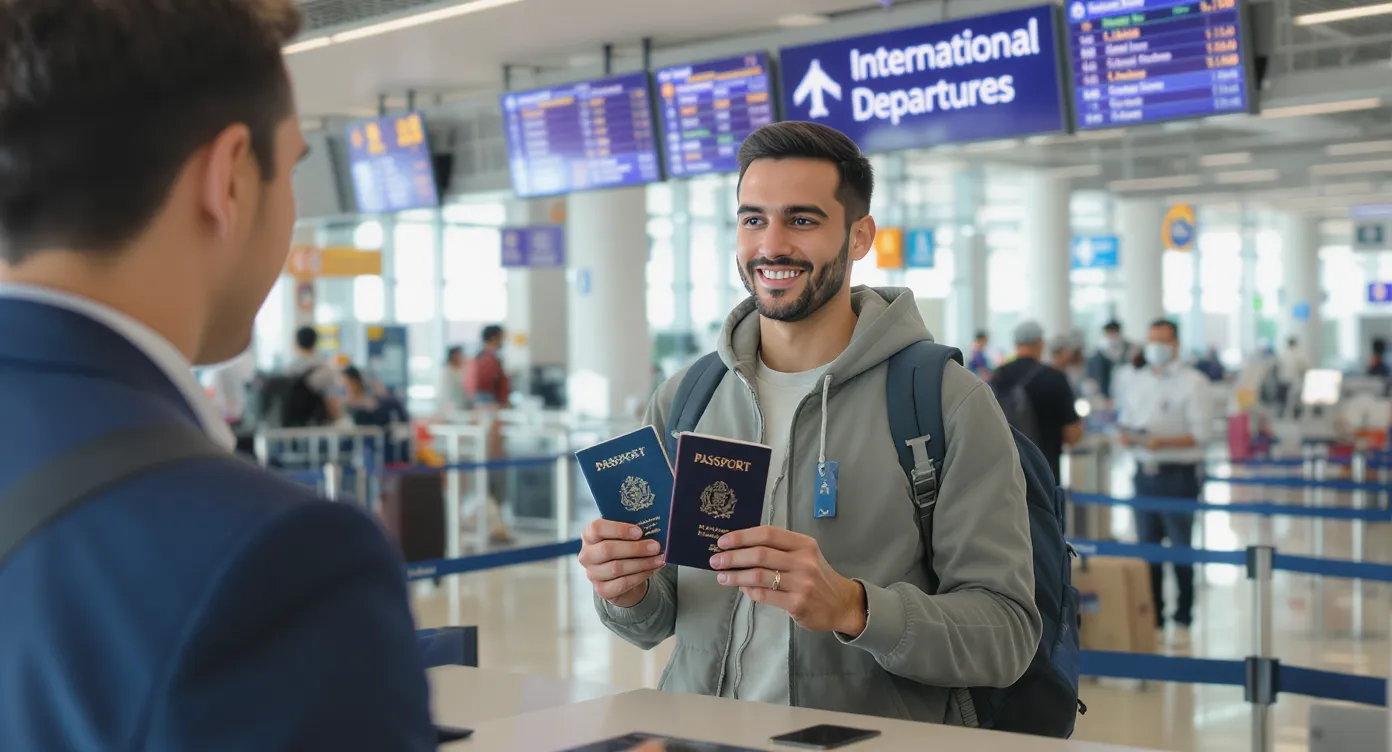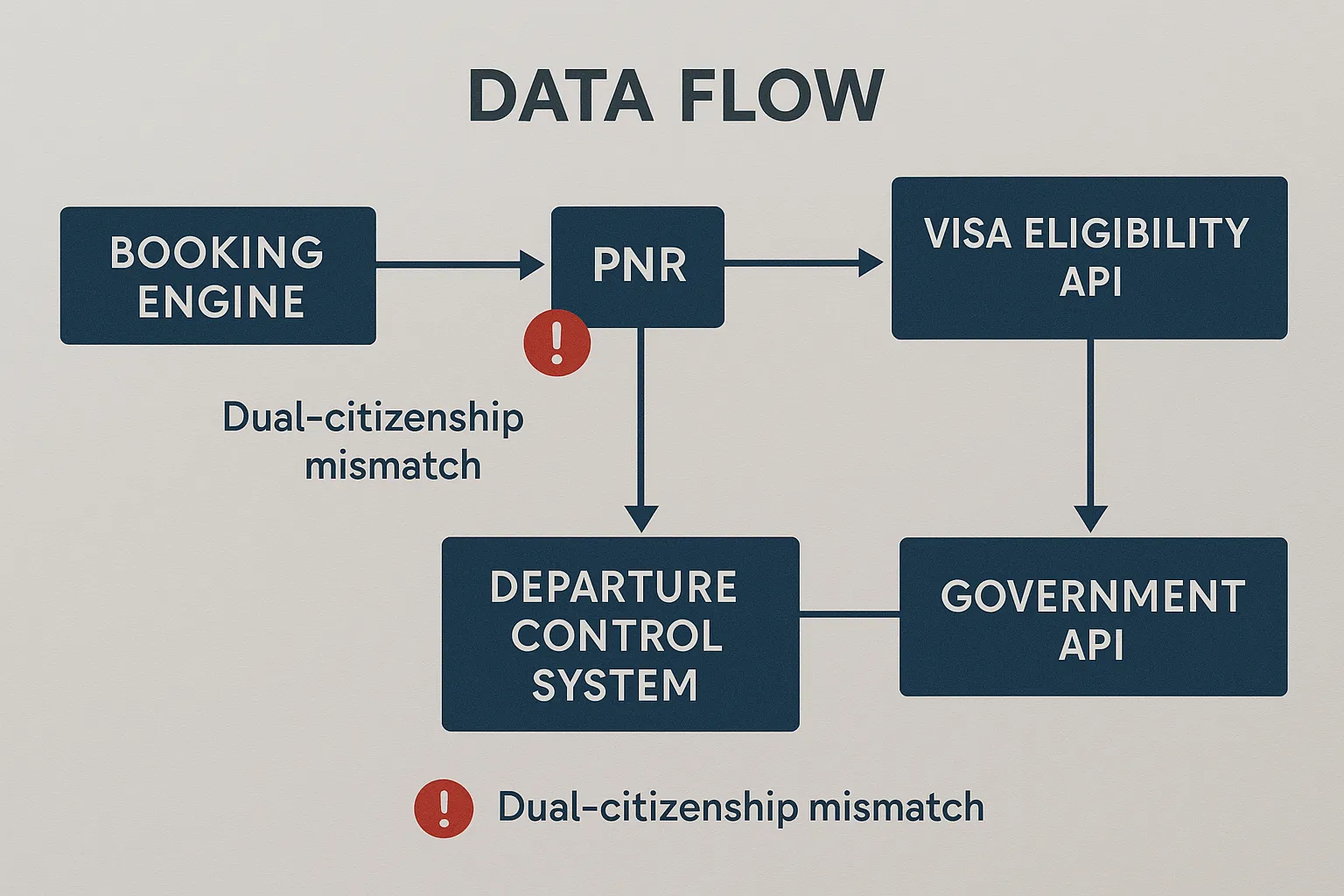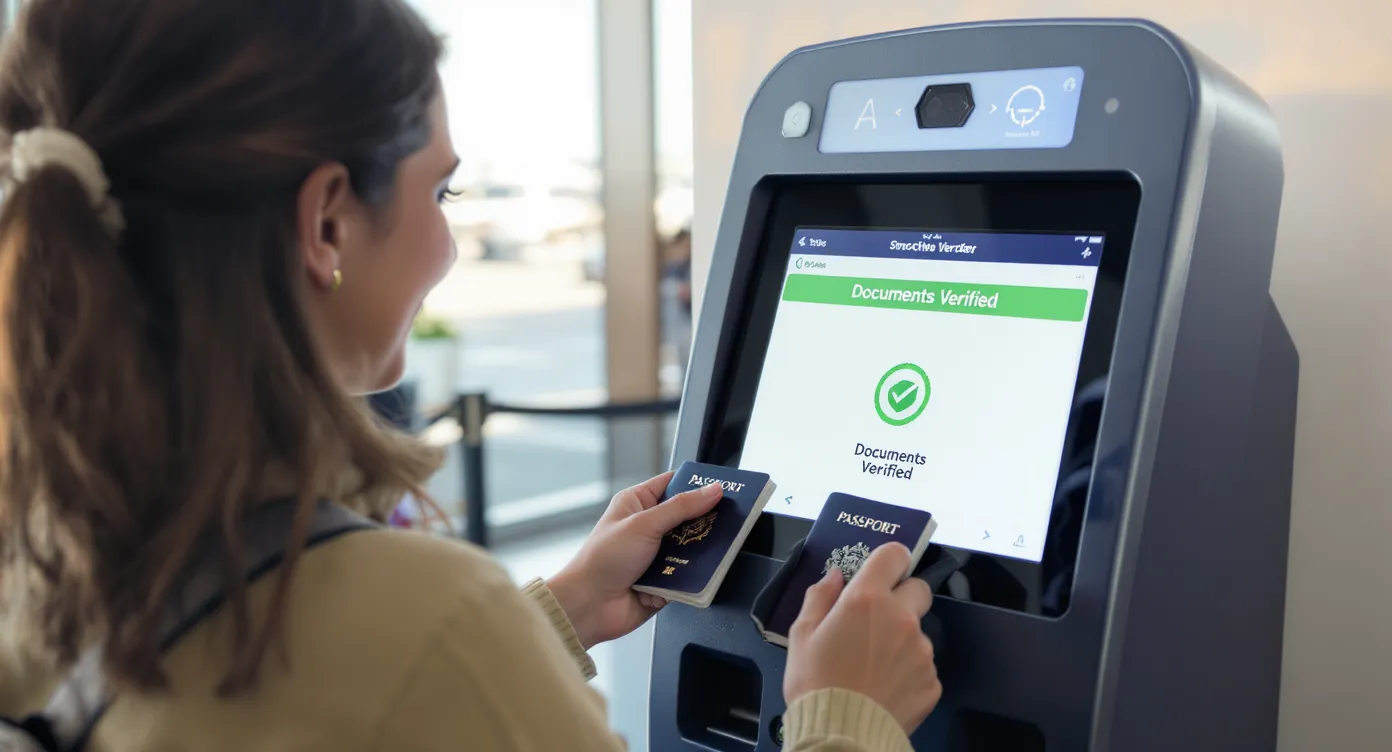Dual‑Citizenship Pitfalls in Booking Systems: Avoiding PNR and API Mismatches

International travel has never been more data-driven, yet one deceptively small detail still trips up airlines, OTAs, and GDSs every day: passengers who hold two valid passports. When a dual-citizen books a ticket, your system has to decide which nationality to store in the PNR and which document details to send through Advance Passenger Information (API) gateways. Get that decision wrong and you risk mismatched records, costly fines, and an angry traveller stranded at the gate.
Why Dual Citizenship Creates Disproportionate Risk
According to IATA, roughly 3 % of international air passengers carry more than one passport. That may sound minor—until you realise dual citizens generate a 29 % higher incidence of boarding-denial cases (SimpleVisa analysis of 9.4 M bookings, 2024-2025). The spike comes from two overlapping complexities:
- Variable visa requirements – The traveller chooses the passport that unlocks a visa-free or eVisa entry, but your default PNR logic might pull nationality from a different document.
- Multiple data hand-offs – Booking engines, PSSs, DCSs and government API/PNR transmissions often transform or truncate document fields, opening the door to silent errors.
Common Mismatch Scenarios
| Booking Step | Data Captured | Hidden Pitfall | Typical Outcome |
|---|---|---|---|
| Web/Mobile Checkout | Nationality drop-down + passport number | Customer enters Passport #1 nationality for fare rules, but plans to travel with Passport #2 | Visa checker shows “No visa required”, airline later submits wrong docs |
| SSR DOCS Entry | Agent copies details from booking notes | Manual re-keying leads to typo or outdated passport expiry | API rejects; DCS blocks check-in |
| API/PNR Transmission | System converts diacritics & country codes (e.g., “Ç” → "C", “GBR” → "UK") | Character stripping causes hash-mismatch with immigration database | Carrier receives post-flight fine |
Business Impact of PNR-API Mismatches
- Denied boarding & missed connections – One mixed-passport family can cascade into re-routing costs and compensation.
- Regulatory penalties – Many governments levy USD 3 000–7 000 per passenger for incorrect API submissions.
- NPS and support load – SimpleVisa clients report a 40 % spike in day-of-travel call volume when document issues surface at check-in.
- Revenue leakage – Last-minute visa resubmissions rarely convert, wiping out potential ancillary income.
Where the Data Breaks: A Quick Architecture Walkthrough
- Front-end checkout captures Nationality A for pricing/eligibility.
- Mid-office or order-management layer stores that value in the PNR but often discards secondary documents.
- Visa-eligibility widgets (if any) query the same record and may approve travel based on incomplete data.
- Departure Control System (DCS) pulls DOCS at T-24 but defaults to the first nationality code present.
- Government API or Interactive API handshake occurs; mismatched DOCS/PNR triggers a real-time “no-board” message.
Each hop multiplies the chance that the passport the traveller will present in hand is not the passport your system thinks they are carrying.
Six Best Practices to Eliminate Dual-Passport Pitfalls
1. Capture All Held Nationalities Up-Front
Modern UX patterns allow an optional “Add another passport” prompt that expands only when relevant, keeping friction minimal. Storing a structured array of documents (rather than a single set of fields) is the foundation for intelligent routing later.
2. Surface Dynamic Guidance While the Traveller Chooses
Embed a visa rules engine that instantly shows the implications of selecting Passport A vs B—visa-free days, eVisa fees, transit restrictions—so the customer can make an informed choice before paying. See our internal guide “8 Tips for Navigating Electronic Visa Requirements for Dual Citizens” for UX copy examples.
3. Write PNR Logic That Stores a “Travel Document of Record”
Instead of relying on nationality inferred from pricing, persist the exact document ID the traveller intends to use for the inbound border. Flag the record if subsequent edits change that intent.
4. Validate Against an External API Seconds Before Ticketing
SimpleVisa’s eligibility endpoint cross-checks the chosen passport against real-time visa rules and returns a signed hash. Persisting that hash in the PNR lets downstream systems verify that the document transmitted to governments is the same one cleared for entry.
Implementation tip: Call the
/validateDocumentendpoint right after payment—latency is under 250 ms on average, so conversion is unaffected.
5. Sync Departure Control and API Feeds
Ensure that your DCS pulls the latest document object—including second passports—via webhooks or SFTP before generating the IATA PAXLST message. Several SimpleVisa partners have eliminated over 90 % of mismatches simply by adding a T-3 hrs webhook update to refresh DOCS in the DCS.
6. Monitor, Alert, and Recover in Real Time
Set up exception dashboards that compare API ACK/NAK responses against the PNR. When a mismatch surfaces, trigger:
- Automated email/SMS asking the passenger to upload the correct passport photo.
- A one-click eVisa purchase flow routed to the SimpleVisa white-label app.
- Seat-hold extensions to reduce re-booking churn.
For a full playbook, see “Visa Denied? 9 Recovery Strategies Every OTA Should Offer”.

## Quick Case Study: APAC Low-Cost Carrier
- Problem: 2.1 % of departing passengers were held at the gate due to passport/visa discrepancies, costing USD 410 k in re-accommodation and fines in Q1 2025.
- Fix: Implemented dual-passport capture in the React checkout, added SimpleVisa API validation at order creation, and pushed DOCS updates to the DCS via webhook.
- Result: Boarding-denial rate dropped to 0.4 % within six weeks and visa-ancillary revenue rose 22 % thanks to clearer upsell prompts.
Getting Started
Dual-citizenship pitfalls are not a niche edge case; they are an outsized risk hiding in plain sight. The remedy is equal parts smarter UX, stricter data contracts, and real-time visa validation. If your booking platform still treats nationality as a single drop-down, it’s time to modernise.
SimpleVisa offers:
- REST API with eligibility, application and document-hash services
- White-label widgets that capture multiple passports without code
- Compliance dashboards that surface API rejections in real time
Book a 30-minute demo to see how easily you can align PNR, DOCS and government feeds—no matter how many passports your customers carry.
